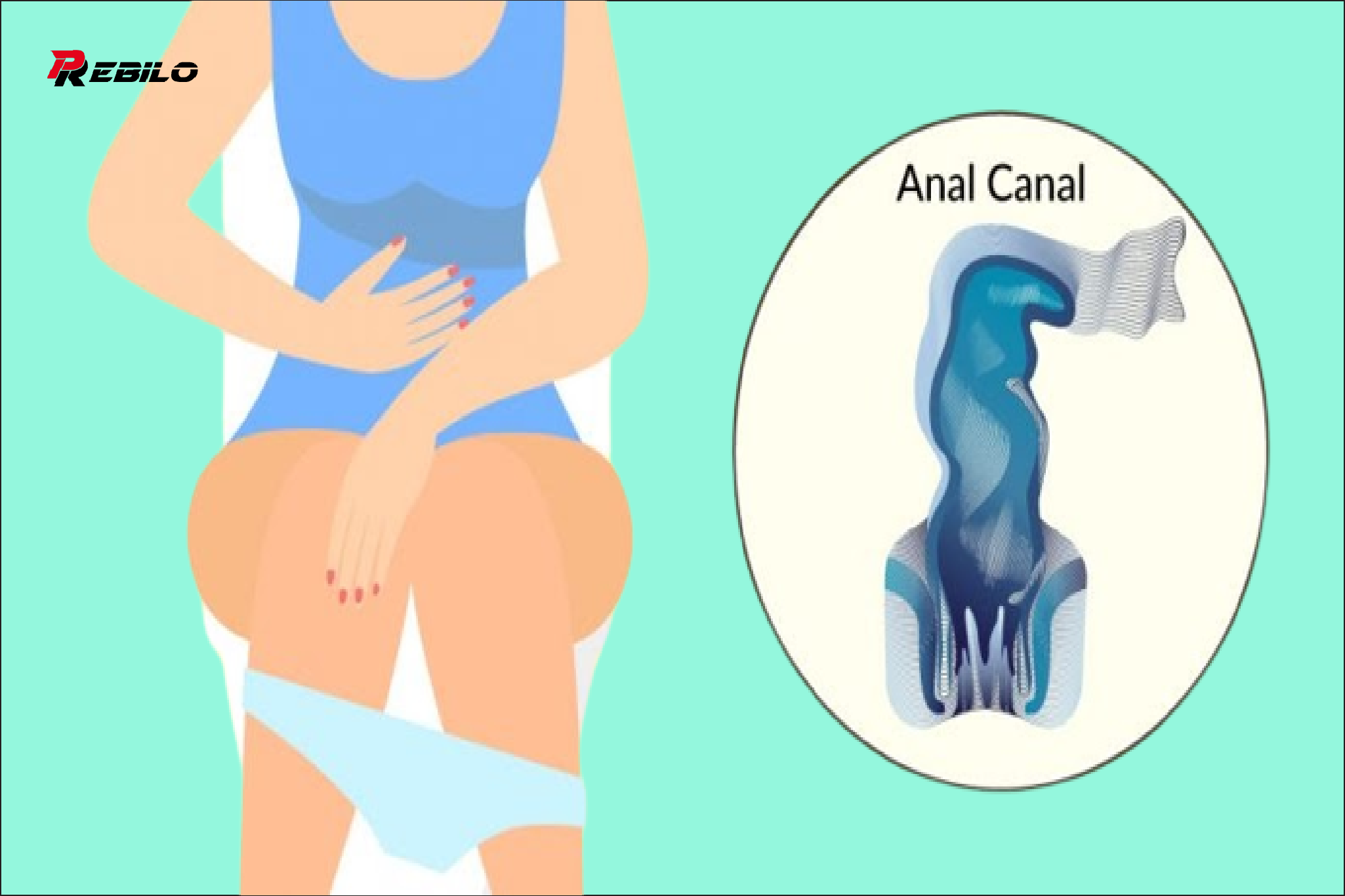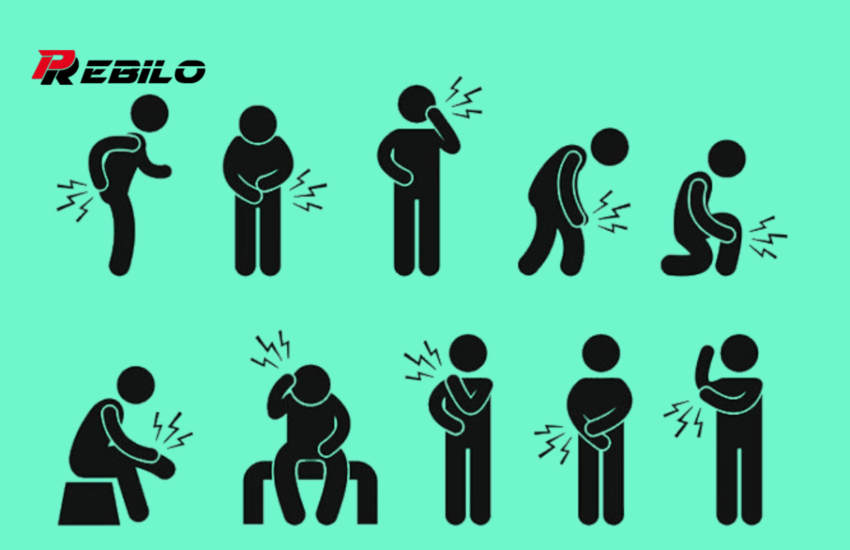5 early warning signs of anal cancer
Introducing anal cancer as a less common but important form of cancer.
Explain the importance of recognizing early warning signs to improve diagnosis.
Recall that the article will focus on five main symptoms that may indicate anal cancer.
Section 1: Understanding anal cancer
Definition of anal cancer and its spread.
Explain the anatomy of the anal area and the types of cells that can become cancerous.
List common risk factors for anal cancer.
Section 2: Anal pain or discomfort
Discuss persistent anal pain or discomfort as a possible early sign.
Explain the types of pain that may be associated with anal cancer, such as pain or pressure.
Address the difference between short-term discomfort and long-term pain.
Section 3: Changes in bowel habits
Describe changes in bowel habits as a warning sign.
Explain how anal cancer can lead to symptoms such as constipation, diarrhea, or difficulty with bowel movements.
Highlight the importance of monitoring any consistent changes in bowel patterns.
Section 4: Anal bleeding and discharge
Discuss rectal bleeding and unusual anal discharge as possible signs.
Explain that anal bleeding may be painless but persistent.
Mention the importance of distinguishing between hemorrhoids and cancer-related bleeding.
Section 5: Itching or burning sensation
Treats persistent itching or burning sensation in the anal area.
Explain that these symptoms may not always be associated with anal cancer but can serve as early indicators.
Discuss the importance of seeking medical care in case of persistent discomfort.
Section 6: A lump or mass in the anal area
Describe the presence of a lump or mass in the anal area as a possible warning sign.
Explain how anal cancer can cause abnormal tissue growth.
Emphasize the importance of immediate medical evaluation of any new or unexplained masses.
Section 7: Seeking Medical Care
He stressed the importance of consulting a healthcare professional if any of these warning signs are present.
Explain the diagnostic process, including physical examinations, imaging, and biopsies.
Recall that early detection is crucial for more effective treatment.
Section 8: Treatment and diagnosis
Briefly discuss anal cancer treatment options, such as surgery, radiation, and chemotherapy.
Recall that the prognosis for anal cancer is often better when detected early.
Providing hope and encouragement to individuals facing this diagnosis.
Conclusion
Summarize the main warning signs discussed in the article.
Emphasize the importance of early detection and seeking medical care for any persistent symptoms.
Encourage readers to be proactive about their health and well-being.


